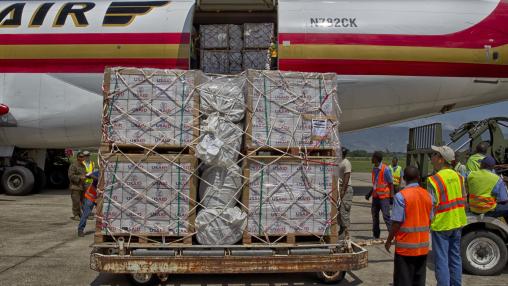
One of the world’s worst economic collapses, now compounded by the Ukraine crisis: What’s next for Lebanon?
High food prices and supply disruptions triggered by the Ukraine war are hitting Middle Eastern and North African (MENA) countries like Egypt, Sudan, and Yemen hard, partly due their heavy dependence on wheat imports. But in the region, Lebanon—already in the midst of one of the world’s worst economic collapses since the 1850s—is uniquely vulnerable to food security impacts from the Russia-Ukraine conflict.
A recent World Bank report calls Lebanon’s current crisis “The Great Denial”—referring to an ongoing breakdown of government services, civil society, and the economy.
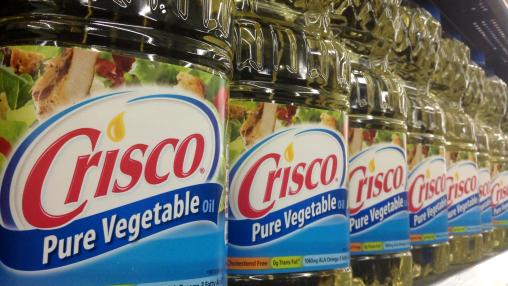
The impact of the Ukraine crisis on the global vegetable oil market
The war in Ukraine has pushed prices of agricultural products to historically high levels, and concerns about global food security occupy headlines and world leaders’ minds, as demonstrated by recent IMF and World Bank meetings. So far, much of the attention has focused on grains, particularly wheat—because of its importance in diets, and the predicament of countries where wheat accounts for a large share of calories consumed, is largely imported, and is dominated by supplies from the Black Sea.
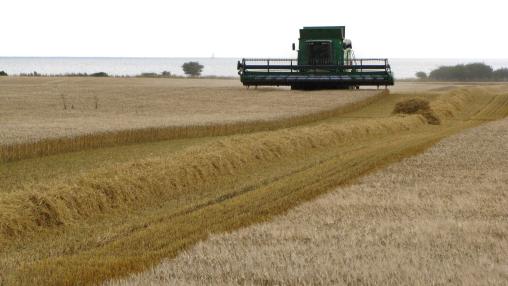
AMIS Urges Restraint on Food Export Restrictions
With the Russia-Ukraine conflict disrupting global supply chains, roiling markets and raising food and fuel prices, some governments have responded with restrictions on agricultural exports. While these policies may be domestically appealing, however, they have wider ramifications for global food prices and food security, according to the May AMIS Market Monitor. The report emphasizes that restrictive trade measures like export restrictions will further limit available food stocks, raise food and fuel prices even higher, and push poor populations into more acute food security.
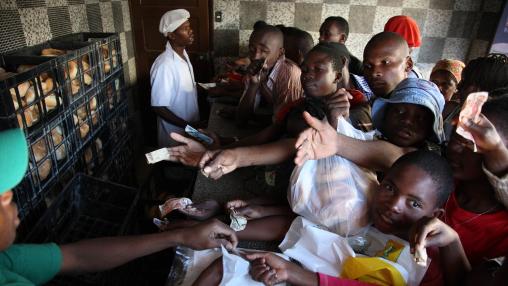
Urgent Call for Global Action as Food Prices Continue to Rise
Last week, the heads of the World Bank Group, International Monetary Fund, United Nations World Food Program, and World Trade Organization issued a joint statement calling for urgent global action on food security in response to skyrocketing global food prices.
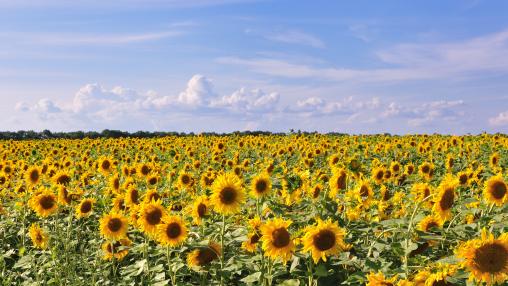
From bad to worse: How Russia-Ukraine war-related export restrictions exacerbate global food insecurity
Global turmoil and supply shocks can increase a country's vulnerability to food shortages. In the past, countries have often resorted to restrictive trade policies to address food supply disruptions. The Ukraine-Russia crisis is no exception; a number of countries have imposed export restrictions in various forms.

Do No Harm: Measured policy responses are key to addressing food security impacts of the Ukraine crisis
The Russian invasion of Ukraine is likely to have serious consequences for global food security. The UN Food and Agriculture Organization has estimated that if there is a prolonged disruption in exports of wheat, fertilizer, and other items from Ukraine and Russia, the number of undernourished people worldwide could increase by 8 to 13 million people in 2022/23, with the most pronounced increases taking place in the Asia-Pacific region, followed by sub-Saharan Africa and the Middle East and North Africa (MENA).
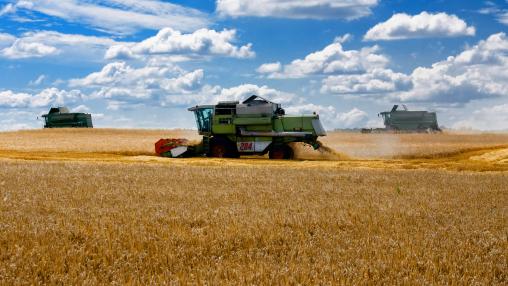
FAO Food Price Index Hits All-Time High
In March, the FAO Food Price Index experienced another surge to reach the highest level since its 1990 inception. The Index rose by 12.6 percent from February, driven by all-time highs for vegetable oil, cereal, and meat prices.
Fertilizer Availability and Affordability: Implications for agricultural productivity and food security
The invasion of Ukraine has driven up already high global agricultural commodity prices. Fertilizer prices have also reached all-time highs, casting a serious shadow on future harvests, and thus add to concerns about global food security.
Speakers will address the implications of increased prices on fertilizer demand, usage and productivity, the viability of government fertilizer subsidies and soil health.
This is the third event in an IFPRI seminar series on Food and Fertilizer Price Trends: Impacts on global food security.
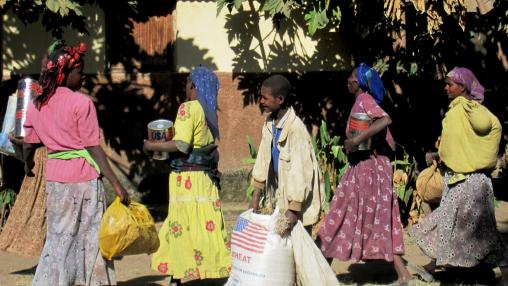
The Russia-Ukraine war is exacerbating international food price volatility
The IFPRI Food Security Portal’s Excessive Food Price Variability Early Warning System is showing excessive levels of price volatility in the four major food commodities: Wheat, maize, rice, and soybeans, as well as for cotton. Markets for hard and soft wheat and soybeans had already been more volatile than normal since late 2021, well ahead of Russia’s invasion in Ukraine, which began on Feb. 24. That conflict, coming on top of the ongoing effects of the COVID-19 pandemic, has already contributed to spiking food prices, with possible major consequences for global food security.
Retail food prices at the country level and implications for food security
This policy seminar will explore what we know—and do not know—about how high global agricultural commodity prices and country-specific factors affect retail prices at the national level. Special attention will be given to countries suffering from acute food insecurity and those with a high dependence on imports.